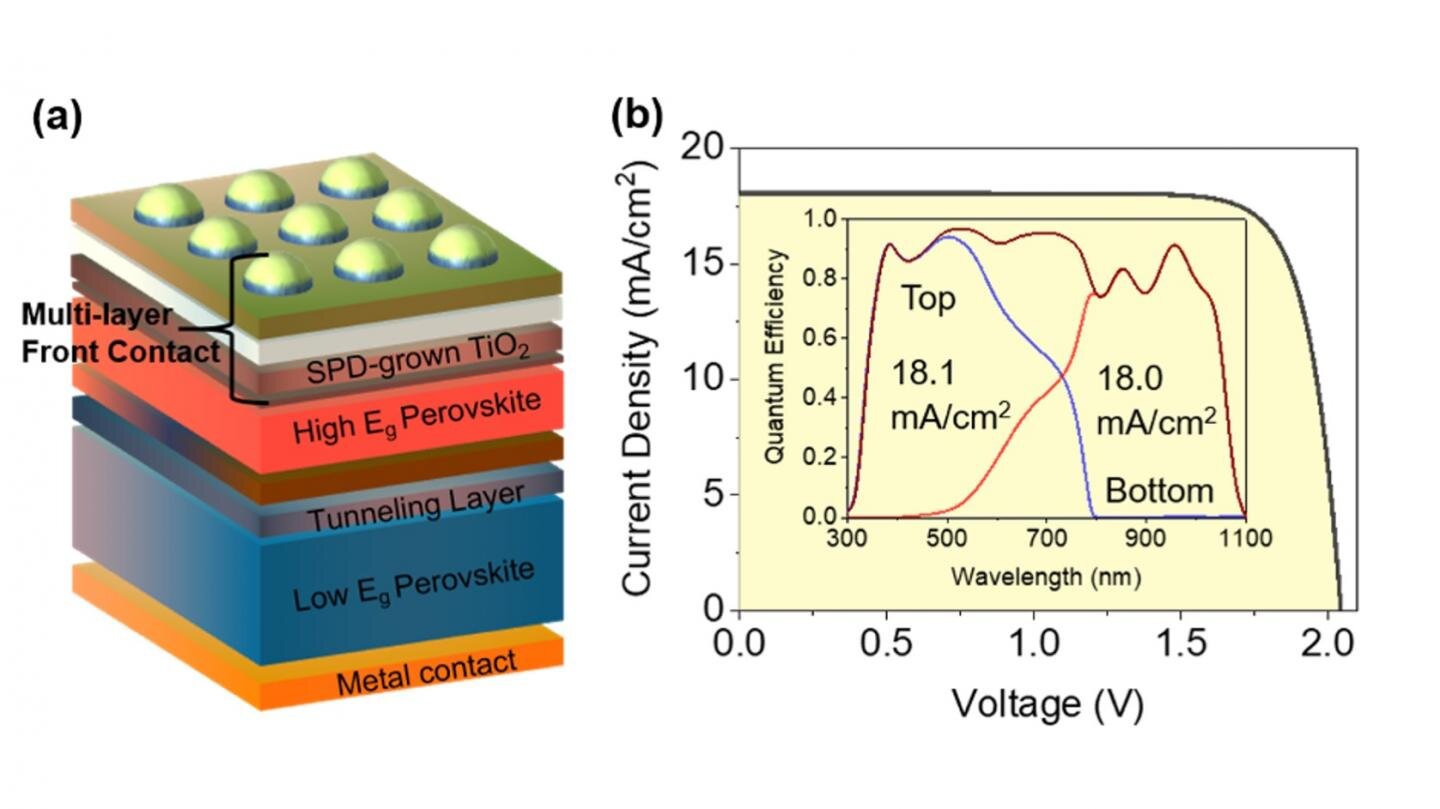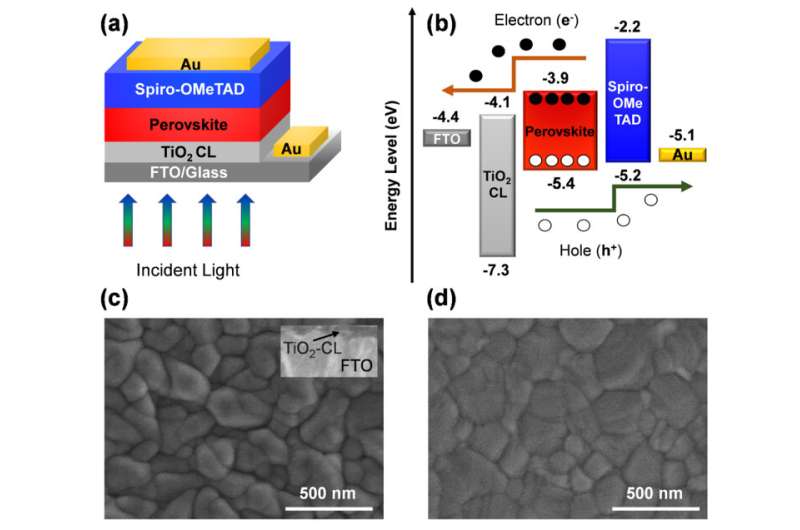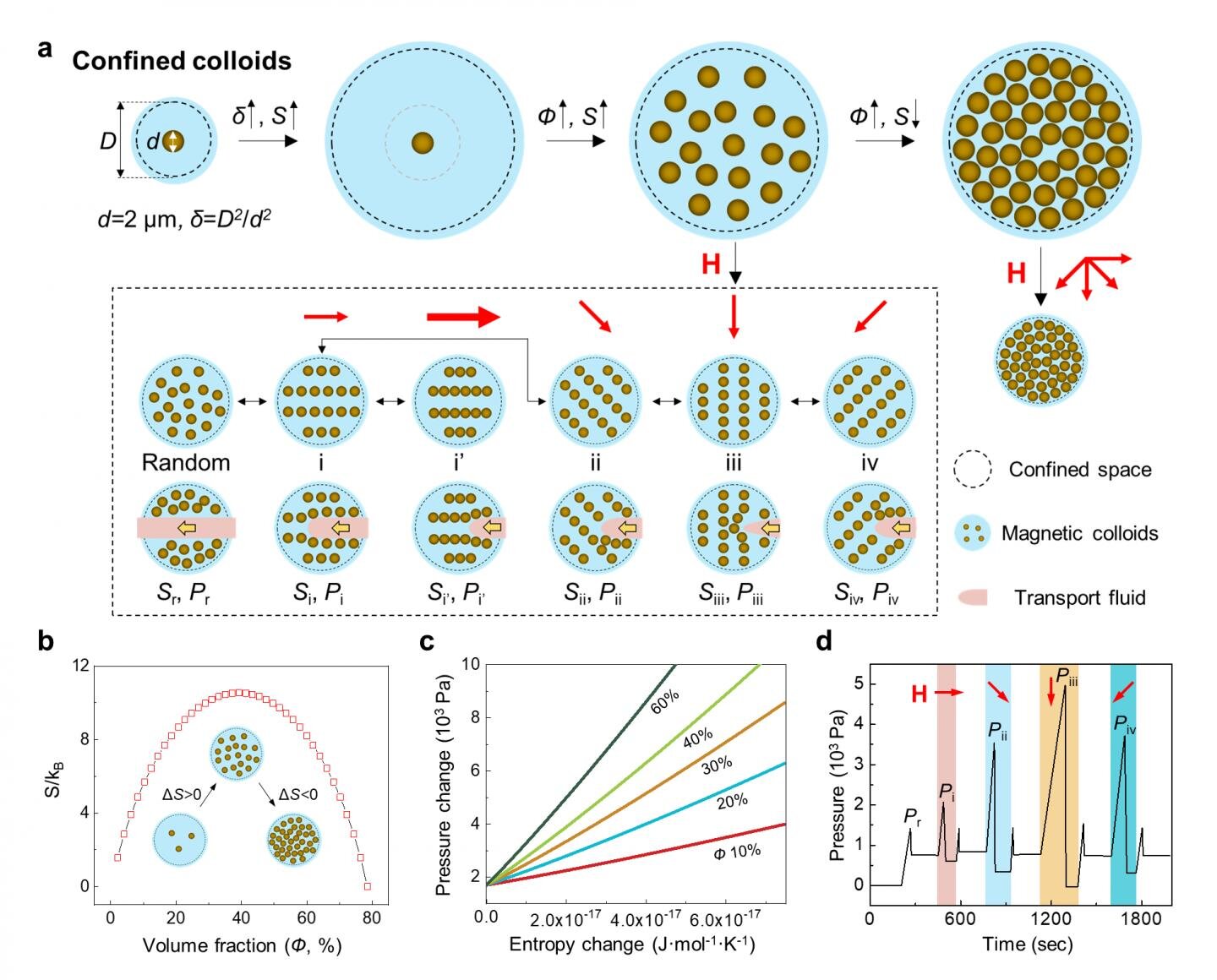#An industrially viable competitor to silicon-based solar cells is in the works

“#An industrially viable competitor to silicon-based solar cells is in the works”

Solar cells are excellent renewable energy tools that use sunlight to drive an electrical current for power. They’ve been used to power homes since the 1980s, and their performance and production cost have improved dramatically since then. The most common solar cells, based on silicon, work well for a long time. They retain more than 80% of their functionality even after 25 years. However, the efficiency—i.e., how much of the incoming sunlight is converted to electrical power—of commercial-scale silicon solar cells is currently only around 20%.
Maximizing solar cells’ energy conversion efficiency will improve their competitiveness compared to fossil fuels and help optimize them as a sustainable energy source. Researchers have intensively focused on an alternative to silicon: perovskite materials to enhance solar cells’ efficiency. Designs based on such materials must meet certain requirements, such as ease of fabrication on a large scale, and minimize reflected—i.e., wasted—light.
In a recent study published in Nano-Micro Letters, researchers from Kanazawa University applied a thin metal oxide film—reproducible, uniform, and compact—onto a perovskite solar cell. The researchers used a combination of lab work and computational studies to evaluate their solar cell design performance fairly.
“We used spray pyrolysis to deposit a front contact layer of titanium dioxide onto a perovskite solar cell,” explains Md. Shahiduzzaman, lead and corresponding author. “This deposition technique is common in the industry for large-scale applications.”
Upon finding an optimum thickness for the front contact layer, the researchers measured an energy conversion efficiency of 16.6%, assuming typical sunlight conditions. As mentioned, this isn’t quite as good as commercial silicon-based solar cells. Nevertheless, electromagnetic simulations were a powerful tool for predicting the possible energy conversion efficiency limit by optimizing specific parameters.

“Computational simulations suggest that the energy conversion efficiency of perovskite/perovskite tandem solar cells could go beyond 30% by a multi-layer front contact,” says Md. Shahiduzzaman, lead and corresponding author. “This is close to the theoretical efficiency limit of silicon-based solar cells.”
Additional challenges remain. For example, there must be a clear demonstration that the researchers’ solar cells continue functioning at least as long as silicon-based analogs. In addition, the perovskite solar cells are based in part on lead, a highly toxic metal. Ideally, there should be a clear protocol for recycling the devices instead of simple—and dangerous—disposal. Shahiduzzaman is optimistic that such technical challenges can be overcome with a focused research effort.
Md. Shahiduzzaman et al, Spray Pyrolyzed TiO2 Embedded Multi-Layer Front Contact Design for High-Efficiency Perovskite Solar Cells, Nano-Micro Letters (2021). DOI: 10.1007/s40820-020-00559-2
Citation:
An industrially viable competitor to silicon-based solar cells is in the works (2021, March 29)
retrieved 29 March 2021
from https://techxplore.com/news/2021-03-industrially-viable-competitor-silicon-based-solar.html
This document is subject to copyright. Apart from any fair dealing for the purpose of private study or research, no
part may be reproduced without the written permission. The content is provided for information purposes only.
If you liked the article, do not forget to share it with your friends. Follow us on Google News too, click on the star and choose us from your favorites.
For forums sites go to Forum.BuradaBiliyorum.Com
If you want to read more Like this articles, you can visit our Science category.




